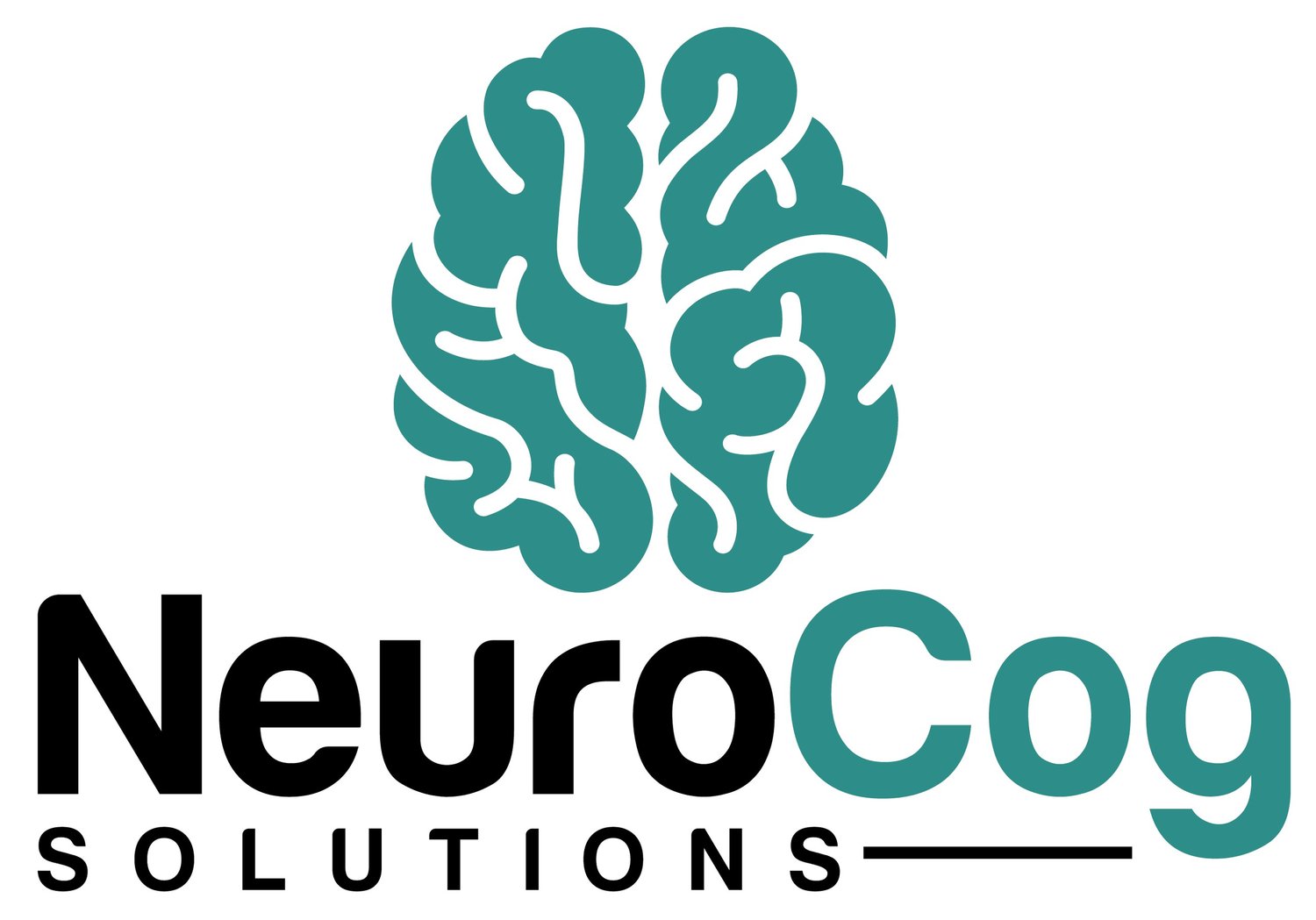
Frontotemporal Dementia
What is frontotemporal dementia?
Frontotemporal dementia (FTD) affects the frontal and temporal lobes in the brain. An abnormal protein, tau, causes cell death and brain shrinkage (atrophy). The onset of this dementia is often earlier than other types, with the majority of individuals first symptoms appearing between ages 45-65. As with other types of dementias, FTD has an insidious onset and gradual progression, but rate of decline in functioning tends to be faster than in other types of dementias. FTD is less prevalent than Alzheimer’s disease.
What are symptoms of FTD?
Because the frontal lobe is impacted by FTD, executive dysfunction is observed early on in the disease. Executive functions include many different skills such as:
Problem solving
Decision making
Multitasking or switching between tasks
Inhibition (stopping impulsive behavior)
Emotion regulation
Sustained attention
Planning, prioritizing, and organization
Sequencing (following multistep instructions)
Self-monitoring and correcting errors
Socially appropriate behavior
Other noticeable changes that occur early in FTD are personality and behavior changes, deterioration of social skills and manners, apathy and emotional blunting, and language problems. Memory skills will eventually be affected, but memory changes are usually noticed later on in the disease.
FTD is commonly divided into three variants according to the pattern of symptoms:
behavioral variant (commonly called Pick’s disease)
language variant (also called primary progressive aphasia)
motor variant
Is there a cure for FTD?
FTD, like other types of dementia, is a degenerative process, and symptoms are progressive. There is no cure for FTD, but supports and medications may be helpful in mitigating symptoms and improving quality of life.


